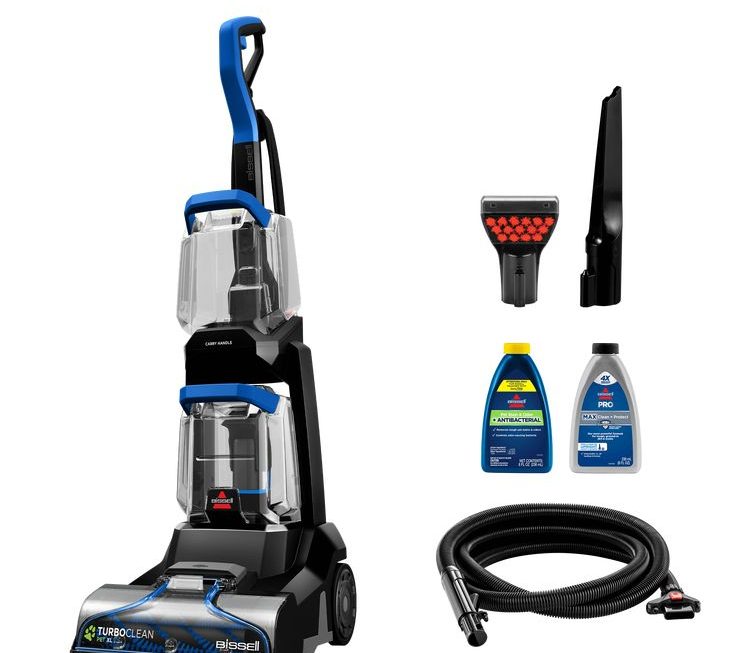A clothesline is a practical and eco-friendly way to dry your laundry, but one common concern is how well it can withstand different weather conditions. Whether you live in an area with scorching summers, frigid winters, or frequent rainstorms, it is important to consider the durability and resilience of your clothesline. In this essay, we will explore the factors that determine a clothesline’s ability to withstand various weather conditions.

Material Selection
The material of the clothesline plays a crucial role in its ability to withstand different weather conditions. Common materials used for clotheslines include nylon, polyester, cotton, and various types of metal, such as aluminum or stainless steel. Each material has its own strengths and weaknesses when it comes to durability and weather resistance.
Metal clotheslines, particularly those made from aluminum or stainless steel, tend to be highly resilient against weather conditions. They are resistant to rust and corrosion, making them suitable for outdoor use. These materials can withstand exposure to rain, snow, and high humidity without deteriorating or weakening. Additionally, metal clotheslines are generally more sturdy and can handle heavier loads, making them suitable for diverse weather conditions.
On the other hand, fabric-based clotheslines made from nylon or polyester may not fare as well in extreme weather conditions. These materials are more prone to wear and tear from sun exposure, rain, and wind. Over time, they may become less sturdy and more susceptible to damage. However, some fabric clotheslines are designed with weather-resistant coatings or treatments that enhance their durability and lifespan.
Proper Installation
The installation of a clothesline also plays a significant role in its ability to withstand various weather conditions. A well-installed clothesline will be firmly secured, ensuring that it remains stable even during strong winds or heavy rain. Proper installation involves selecting suitable support posts or structures, ensuring they are firmly anchored, and using appropriate hardware to secure the clothesline.
For example, if you live in an area prone to strong winds, it is recommended to select sturdy support posts made of metal or durable wood. These materials provide greater stability and resistance against gusts of wind. Additionally, using sturdy and weather-resistant hardware, such as stainless steel hooks or brackets, can further enhance the clothesline’s ability to withstand various weather conditions.
Maintenance and Care
Regular maintenance and care are essential to ensure the longevity and resilience of a clothesline. Periodically inspect the clothesline for any signs of wear, such as fraying or weak spots. Address any issues promptly, such as replacing worn-out lines or repairing damaged hardware. By attending to these maintenance needs, you can prevent further deterioration and ensure that your clothesline remains strong and functional.
In areas with frequent rain or high humidity, it is important to keep the clothesline clean and dry to prevent mold or mildew growth. Clean the lines regularly with a mild detergent and water, and ensure they are completely dry before use. If you live in an area with harsh winters, consider temporarily taking down the clothesline or protecting it with a cover during the colder months to prevent damage from freezing temperatures or heavy snow.
Consider Weather-Resistant Features
When selecting a clothesline, you may also want to consider models that come with weather-resistant features. For example, some clotheslines are designed with built-in tensioning systems that help keep the lines taut and prevent sagging, even in challenging weather conditions. Others may have adjustable line length options, allowing you to customize the line length based on your specific needs and available space.
Additionally, some clotheslines may have protective coatings or treatments that make them more resistant to UV rays, water, or other elements. These features can help extend the lifespan of the clothesline and enhance its ability to withstand various weather conditions.
In conclusion, the ability of a clothesline to withstand different weather conditions depends on various factors, including the material selection, proper installation, maintenance and care, and the presence of weather-resistant features. Metal clotheslines, particularly those made from aluminum or stainless steel, tend to be more durable and resilient against diverse weather conditions. Proper installation and regular maintenance are crucial for ensuring the clothesline remains strong and functional. By considering these factors and taking the necessary precautions, you can choose a clothesline that will withstand various weather conditions and continue to serve you well for years to come.
